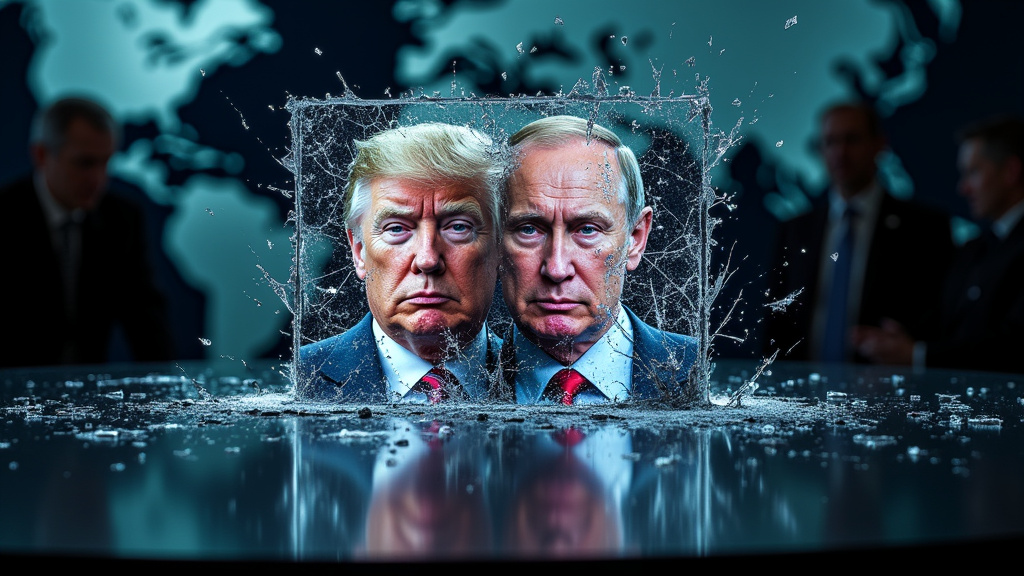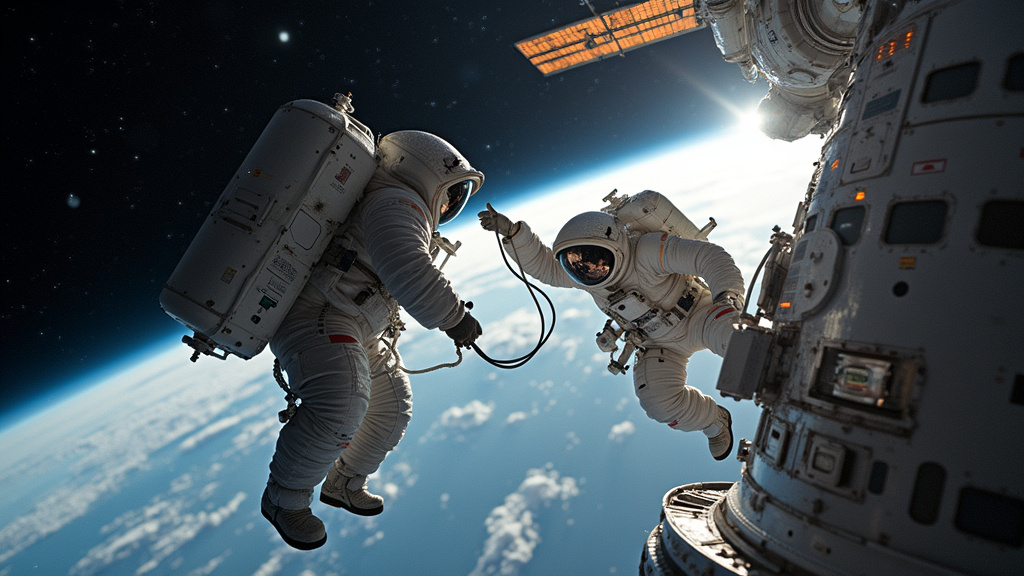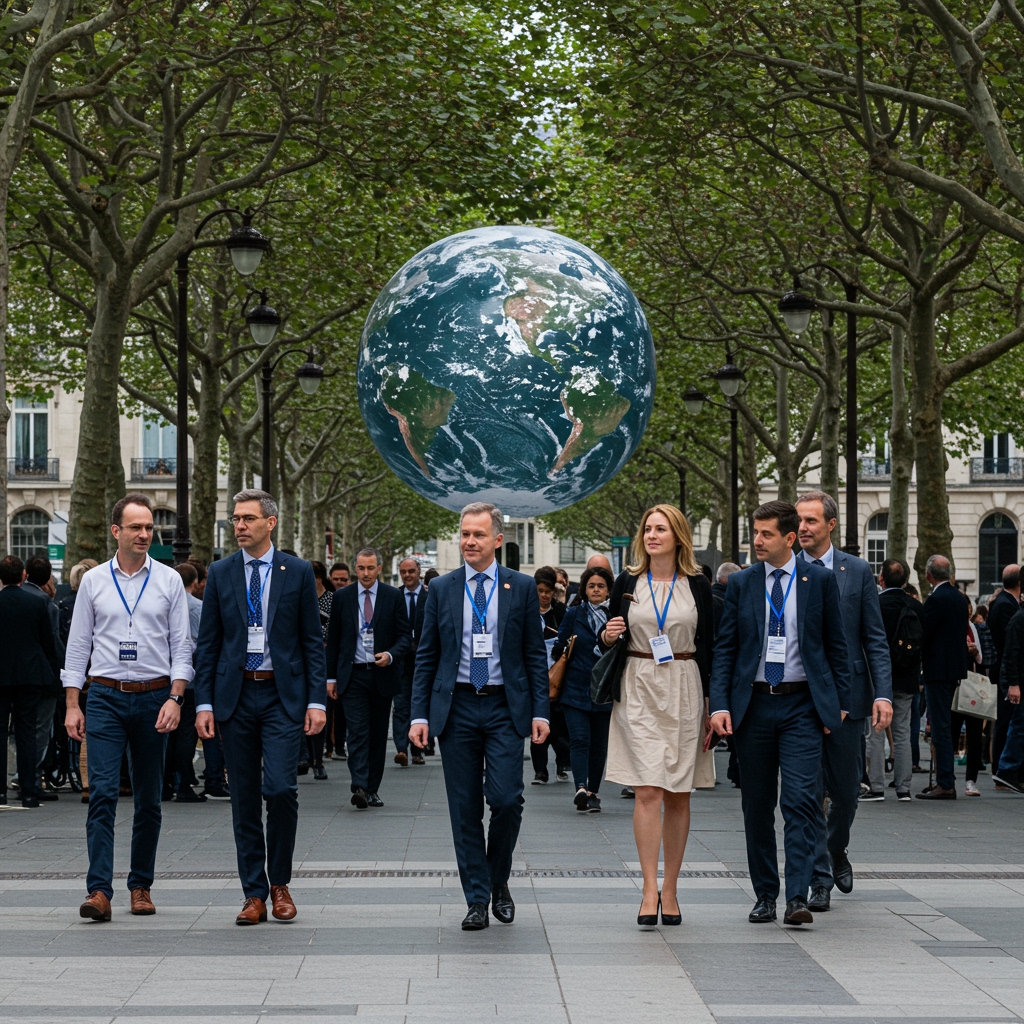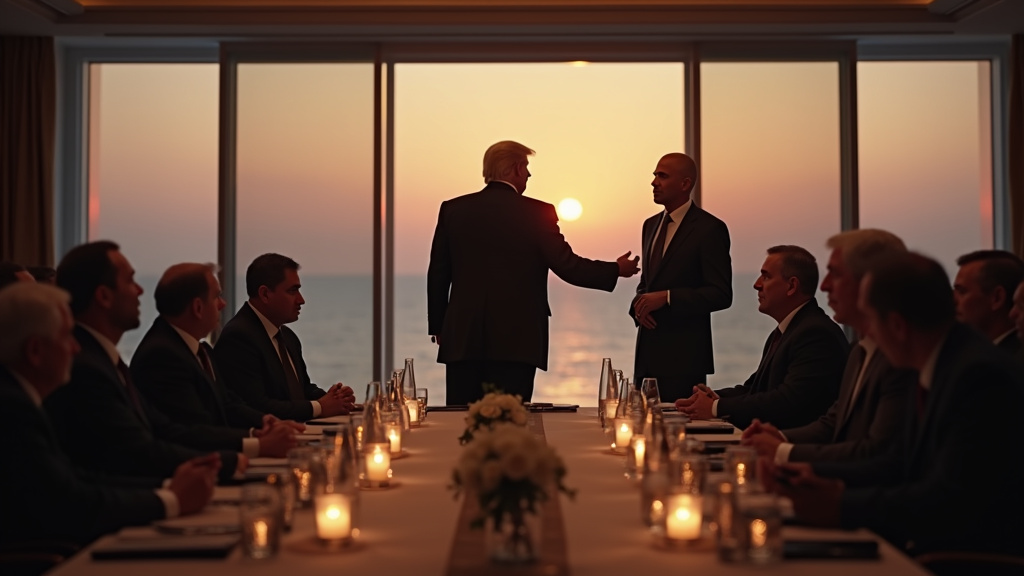In a digital landscape increasingly clouded by sophisticated artificial intelligence, a new form of disinformation, often dubbed “AI slop,” is significantly hampering diplomatic efforts to bring peace to Ukraine. Fabricated images and videos, particularly those depicting Donald Trump and Vladimir Putin in absurd or misleading scenarios, have flooded social media, obscuring crucial peace negotiations and manipulating public perception of a major global event.
The Rise of “AI Slop”
The phenomenon extends beyond a singular “polar bear waltz” image, encompassing a range of surreal AI-generated content. Recent examples include a fabricated clip showing former U.S. President Donald Trump and Russian President Vladimir Putin dancing together, engaged in a red-carpet fistfight, or even sliding down snowy hills and waltzing with a polar bear. These tongue-in-cheek creations, though seemingly satirical, highlight the alarming ease with which AI tools can disseminate false narratives around high-stakes international events.
Beyond the Trump-Putin imagery, other misleading visuals have gained traction. A widely circulated fake photo depicted French President Emmanuel Macron and other European leaders waiting dejectedly in a White House corridor. This image, amplified by pro-Kremlin sources, was used to mock these officials as the “Coalition of the Waiting,” a cynical twist on the “Coalition of the Willing” – European allies supporting Ukraine.
A Weapon in Information Warfare
The proliferation of these AI-generated images is not merely a byproduct of internet culture; it represents a calculated escalation in information warfare, particularly from pro-Kremlin entities. Russia has a documented history of leveraging AI-driven social media bots and diverse tactics to spread disinformation and manipulate public narratives since the full-scale invasion of Ukraine in February 2022. Early in the conflict, a poorly made deepfake video of Ukrainian President Volodymyr Zelenskyy falsely showed him ordering troops to surrender.
Generative AI (GAI) tools have lowered the barrier to entry for creating convincing fake or manipulated content at scale, empowering malign actors to influence public opinion and destabilize discussions surrounding major political event news. This strategic deployment of AI disinformation aims to sow confusion, erode trust in authentic information, and undermine international consensus on the conflict.
The Content Moderation Conundrum
The rapid spread of “AI slop” is exacerbated by a shifting landscape in content moderation on major social media platforms. As some platforms scale back their oversight, and even offer monetization incentives for viral posts, the difficulty of policing such fabricated material has intensified. While some tech companies initially ramped up efforts to combat Russian propaganda in the early stages of the war, the persistent nature of AI-generated fakes suggests an ongoing challenge.
This creates a precarious environment where misleading content can compete with, and often drown out, genuine reporting on critical global events. The U.S. government has formally accused Russia of attempting to interfere with elections and spread disinformation, underscoring the severity of this digital threat to democratic processes and international stability.
Eroding Trust and Diplomatic Fallout
The most significant consequence of this wave of AI-generated disinformation is its detrimental impact on serious diplomatic efforts to end the war in Ukraine. By muddying the waters and fostering cynicism, these images undermine public perception of ongoing peace talks and the credibility of involved leaders. The constant barrage of fakes creates confusion among the public and media, eroding fundamental trust in online discussions about the conflict and other trending events.
Fact-checkers, such as those from AFP, are on the front lines, actively working to debunk these AI-generated images by identifying visual inconsistencies and mismatched figures. However, the sheer volume and increasing sophistication of these fakes present a formidable challenge. Studies indicate that a significant portion of internet users struggle to distinguish between real and AI-generated images, highlighting a widespread vulnerability to such manipulation.
The Broader Geopolitical Landscape
The “polar bear waltz” and similar fakes are symptomatic of a broader geopolitical challenge posed by AI in international relations. The ability of artificial intelligence to generate persuasive, yet false, content at speed and scale introduces a new dimension to information warfare, affecting not just the Ukraine conflict but also future major political events, festivals, concerts, and any domain where public opinion is crucial.
As AI technology continues to advance, the potential for manipulation grows, posing a persistent threat to truth and stability. Countering this escalating disinformation blitz requires a concerted effort from governments, tech companies, media organizations, and an increasingly media-literate global populace to safeguard the integrity of information in an era dominated by artificial intelligence.





